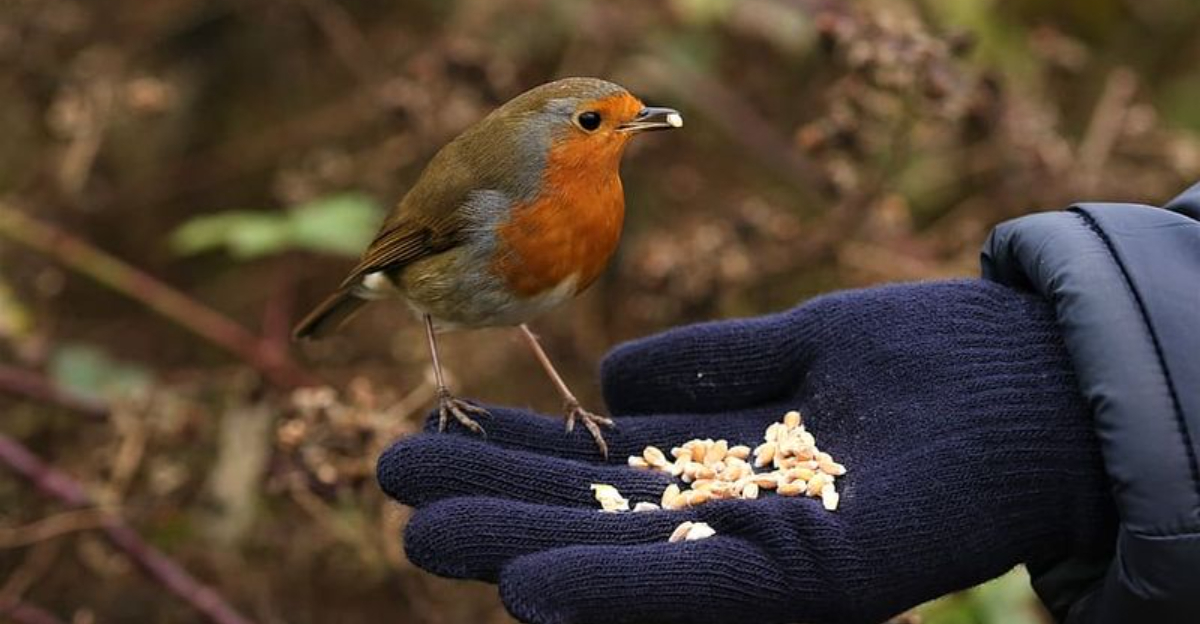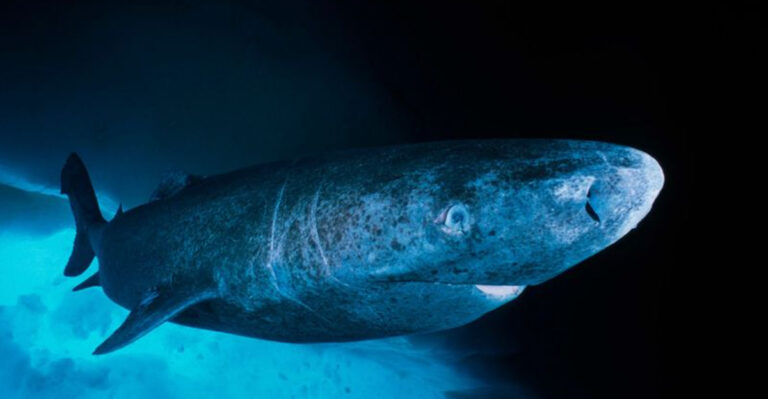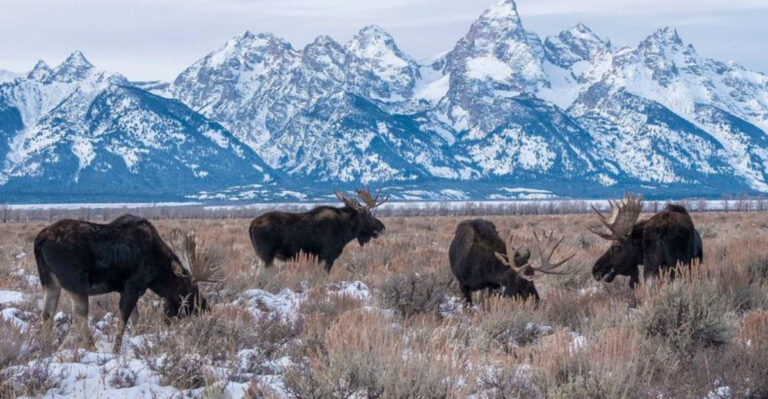When And Why Did We Stop Eating Robins, Passenger Pigeons, And Turtles?

Ever wonder why some animals disappeared from our dinner tables? Birds like robins and passenger pigeons once filled American cooking pots, while turtle soup was considered fancy eating.
These animals went from common meals to protected wildlife through a fascinating mix of changing laws, shifting attitudes, and environmental awareness. Here’s the surprising story of how these creatures escaped our menus.
When Robins Were A Common Meal In America

Robins appeared on American dinner plates throughout the 1800s and early 1900s. These red-breasted birds weren’t just for admiring in your backyard – they were hunted by the thousands for their tender meat.
People particularly enjoyed robin pie, considering it a delicacy in many regions. Rural families would catch dozens at a time during migration seasons when the birds traveled in large flocks.
Robins were especially popular in the South, where they were often served roasted or in stews. The birds were so commonly eaten that cookbooks of the era featured numerous robin recipes, treating them just like any other game bird.
Why We Stopped Eating Robins

The Migratory Bird Treaty Act of 1918 changed everything for robin-eaters. This landmark legislation protected nearly all native birds, including our red-breasted friends, making it illegal to hunt, capture or kill them.
Before this law, robin populations had plummeted from overhunting. Market hunters would capture hundreds at once using giant nets called “robin traps,” selling them to restaurants and markets.
Conservationists like Frank Chapman and William Dutcher campaigned vigorously to protect songbirds. Their efforts, combined with changing public sentiment viewing robins more as backyard companions than dinner, helped transform these birds from menu items to beloved symbols of spring that we now protect rather than consume.
The Popularity Of Passenger Pigeons As Food

Passenger pigeons once darkened American skies in flocks so massive they took days to pass overhead. These birds weren’t just abundant – they were America’s favorite fast food of the 19th century!
Markets sold them for pennies apiece, making them cheaper than chicken. Poor families relied on pigeon meat as an affordable protein source, while fancy restaurants served them in elegant preparations.
Hunters developed specialized techniques to capture thousands at once. They would set up “pigeon posts” where they could knock birds from roosting trees or use nets to catch entire flocks. The birds were typically roasted, stewed, or baked into pies, with their rich, dark meat resembling duck or goose.
How The American Chestnut Crisis Contributed To The Passenger Pigeon’s Decline

The American chestnut tree once dominated eastern forests, producing bumper crops of nuts that passenger pigeons feasted upon. When chestnut blight struck in the early 1900s, it eliminated a crucial food source for these birds.
Pigeons relied on chestnuts during winter months when other foods were scarce. The massive trees provided both food and nesting habitat for billions of birds.
By 1904, the fungal blight had begun destroying chestnut forests. This environmental catastrophe hit pigeons already struggling from overhunting. Without chestnuts, surviving pigeons couldn’t find enough nutrition to maintain their reproduction rates. This double whammy – habitat loss coupled with hunting pressure – accelerated their path to extinction.
How Overhunting And Habitat Loss Affected Passenger Pigeons

Passenger pigeons went from billions to zero in just 50 years – the fastest extinction of an abundant species in recorded history. Market hunters tracked their massive colonies, shooting and netting millions annually for meat markets in growing cities.
The telegraph revolutionized pigeon hunting by allowing hunters to share nesting location information instantly. Commercial operations would descend on breeding colonies, capturing entire generations at once.
Forest clearing for agriculture removed crucial habitat. The birds needed large, continuous forests to support their enormous flocks and breeding colonies. By the 1890s, only scattered flocks remained. Martha, the last known passenger pigeon, died in Cincinnati Zoo on September 1, 1914, marking the end of a species that once comprised up to 40% of all birds in North America.
The History Of Eating Turtles In Early America

Native Americans first taught European settlers about turtle meat’s rich flavor. These slow-moving reptiles were easy to catch and provided substantial meals – a single snapping turtle could feed an entire family!
Colonial-era Americans particularly prized terrapin turtles from the Chesapeake Bay. These small turtles became so popular that plantation owners along the eastern seaboard kept terrapin pens to ensure year-round supply.
Turtles served multiple purposes in early American cuisine. Their meat went into soups and stews, their eggs were considered delicacies, and even their shells found use as serving bowls or decorative items. By the Revolutionary War period, turtle had become so common that British soldiers mockingly called Americans “terrapins” because of their fondness for the meat.
How Turtle Meat Became A Popular Dish

Turtle soup reached the height of popularity in the late 1800s as America’s premier luxury food. The dish graced White House dinners and appeared on menus at exclusive restaurants like Delmonico’s in New York City.
Preparation was elaborate and time-consuming. Chefs simmered turtle meat for hours with rich spices, sherry, and vegetables. The gelatinous texture and complex flavor profile made it a status symbol among wealthy diners.
Terrapin farming operations sprang up along the Atlantic coast to meet demand. Fancy hotels employed special “turtle chefs” who specialized exclusively in preparing the meat. Cookbooks featured numerous turtle recipes, and home cooks could even purchase canned turtle meat to make simplified versions of the elaborate restaurant dishes.
Why Turtle Meat Is No Longer On The Menu

Turtle populations crashed in the early 20th century from relentless harvesting. The diamondback terrapin, once so common it fed enslaved people and prisoners, became scarce as demand from wealthy consumers drove prices skyward.
Conservation laws began protecting various turtle species in the 1920s and 1930s. People started recognizing turtles’ ecological importance and long lifespans – some species can live over 100 years!
Modern concerns about heavy metal contamination made turtle meat less appealing. These long-lived reptiles bioaccumulate environmental toxins in their tissues. Today, most turtle species in North America are protected, though some farming of non-endangered species continues in parts of the South. Mock turtle soup, made with veal or beef, became the acceptable alternative.
How Prohibition Saved Turtles From Being Consumed

The 18th Amendment banning alcohol had an unexpected beneficiary: turtles! Classic terrapin soup recipes called for generous amounts of sherry or Madeira wine. Without these key ingredients, the dish lost its distinctive flavor and much of its appeal.
High-end restaurants struggled to create satisfactory alcohol-free versions. Wealthy diners, denied both their fine wines and properly prepared terrapin, turned to other luxury foods.
By the time Prohibition ended in 1933, terrapin populations had begun recovering from overharvesting. More importantly, American tastes had changed. The Great Depression further dampened demand for expensive foods like turtle meat. This unexpected reprieve gave turtles breathing room and contributed to conservation efforts that would later protect many species from commercial harvest.
Changing Attitudes Toward Eating Wild Animals

The early 20th century marked a fundamental shift in how Americans viewed wildlife. Conservation pioneers like Theodore Roosevelt championed the idea that animals had value beyond the dinner plate.
The concept of wildlife as a public resource requiring management emerged. Organizations like the Audubon Society, founded in 1905, educated the public about birds’ ecological importance rather than their culinary potential.
Post-World War II prosperity reduced reliance on wild game for sustenance. Factory farming made domestic meat more affordable and consistent. Modern Americans increasingly view wildlife through recreational, aesthetic, and ecological lenses. The idea of eating songbirds or endangered turtles now seems foreign to most people – a remarkable shift from just a century ago when such practices were commonplace.





